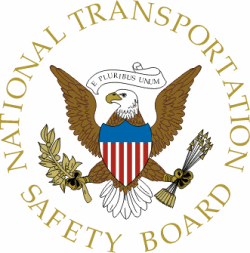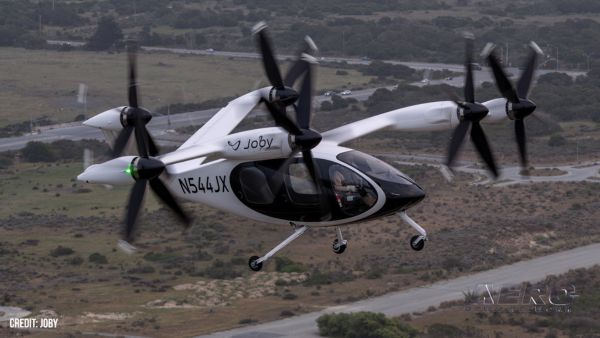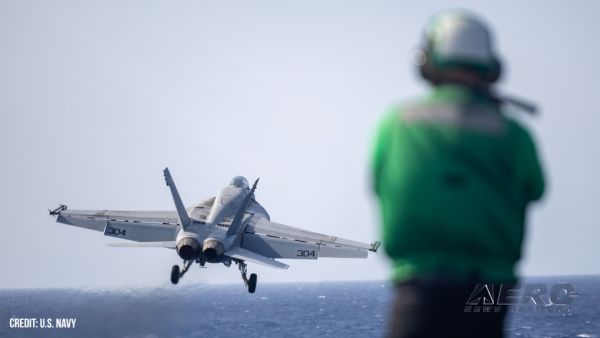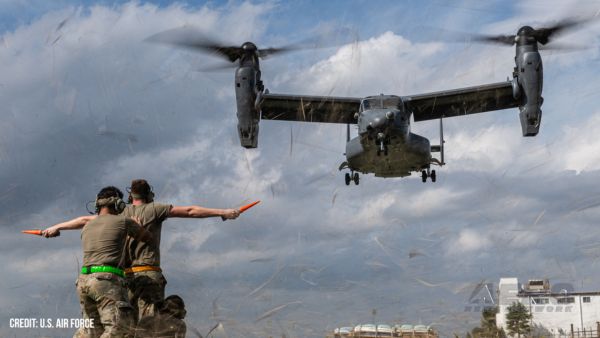Air Angels Helicopter Went Down At Night, Killing 4
 The NTSB has released a probable cause report in a medical
helicopter accident which killed four people in October, 2008. The
board found that the probable cause was the pilot's failure to
maintain clearance from the 734-foot-tall lighted tower during the
visual night flight due to inadequate preflight planning,
insufficient altitude, and a flight route too low to clear the
tower. Contributing to the accident was the air traffic
controller's failure to issue a safety alert as required by Federal
Aviation Administration Order 7110.65, “Air Traffic
Control.”
The NTSB has released a probable cause report in a medical
helicopter accident which killed four people in October, 2008. The
board found that the probable cause was the pilot's failure to
maintain clearance from the 734-foot-tall lighted tower during the
visual night flight due to inadequate preflight planning,
insufficient altitude, and a flight route too low to clear the
tower. Contributing to the accident was the air traffic
controller's failure to issue a safety alert as required by Federal
Aviation Administration Order 7110.65, “Air Traffic
Control.”
Vice Chairman Christopher Hart did not approve this
probable cause and filed a dissenting statement.
In the probable cause report, the NTSB said the emergency
medical services (EMS) helicopter was on a night cross-country
flight in visual meteorological conditions and was transporting an
infant patient from one hospital to another when the accident
occurred. During the flight, the pilot contacted DuPage
Airport’s (KDPA) air traffic control (ATC) facility, reported
the helicopter's position and altitude of 1,400 feet above mean sea
level (about 700 feet above ground level in Aurora, Illinois) to
the air traffic controller, and asked permission to pass through
the airspace surrounding the airport. The controller acknowledged
the transmission and cleared the helicopter through DPA’s
airspace but did not give the pilot specific instructions regarding
his flight route because the pilot was flying under visual flight
rules and had chosen his specific route of flight on a direct
course from the departure point to the destination. (During
preflight planning, the pilot should have identified the obstacles
along the route of flight, including the radio station tower.)
Subsequently, the helicopter struck a radio station tower while
flying at the same altitude that had been reported to ATC. Video
and still image evidence obtained during the investigation
indicated that the strobe lights attached to the radio station
tower were operational at the time of the accident.
The accident helicopter was not equipped with a terrain
awareness and warning system (TAWS). On February 7, 2006, the NTSB
issued Safety Recommendation A-06-15, which asked the FAA to
require EMS operators to install terrain awareness and warning
systems on their aircraft and to provide adequate training to
ensure that flight crews are capable of using the systems to safely
conduct EMS operations. The FAA responded that, while it would work
with industry to address issues related to the installation of TAWS
on EMS aircraft, it would address the issue of controlled flight
into terrain by emphasizing effective preflight planning.
The radio station tower was depicted on the Chicago Aeronautical
Sectional Chart, the Chicago Visual Flight Rules Terminal Area
Chart, the Chicago Helicopter Route Chart, and as an obstruction on
the air traffic controller’s radar display. Radar data
obtained during the investigation showed the helicopter at a
constant altitude and on a straight course to the point of impact
with the tower.
The radar information was available to the air traffic
controller. Additionally, the position and height of the tower were
included in training materials that were to be memorized by the
controllers at the ATC facility. According to interviews conducted
of the controller on duty at the time of the accident, the accident
helicopter was the only aircraft traffic in the area at the time.
The controller reported that he was attending to administrative
duties at the time that the accident occurred. FAA Order 7110.65,
“Air Traffic Control,” paragraph 2-1-2, Duty Priority,
states that issuance of safety alerts to aircraft takes first
priority over other duties. Further, FAA Order 7110.65, paragraph 2
1-6, Safety Alert, states that controllers should issue a safety
alert to an aircraft if they are aware that the aircraft is at an
altitude that places it in an unsafe proximity to terrain,
obstructions, or other aircraft and notes that “while a
controller cannot see immediately the development of every
situation where a safety alert must be issued, the controller must
remain vigilant for such situations and issue a safety alert when
the situation is recognized.” Evidence such as the
controller’s failure to notice when the helicopter
disappeared from the radar display after striking the antenna
indicates that the controller was not monitoring the
aircraft’s progress sufficiently to watch for hazards and
issue safety alerts as required. While the NTSB recognizes that it
was the pilot’s responsibility to “see and avoid”
the radio tower, the controller also had a responsibility to issue
an alert as required by FAA directives. Review of recorded
communications showed that no warnings were issued to the pilot
before the accident.
 In his dissent, Vice Chairman Hart (pictured) wrote,
in part:
In his dissent, Vice Chairman Hart (pictured) wrote,
in part:
"I respectfully disapprove this Notation item because it includes
the controller in the probable cause. In my view, the result that
is optimal for the safety of the aviation system is that VFR pilots
should continue to receive the clear, unambiguous, and unequivocal
message. That for VFR pilots, seeing and avoiding obstacles is
solely and exclusively the responsibility of the pilot in command .
. . with no exceptions.
That means no exceptions irrespective of any condition or
circumstance, including, in this case:
- Whether the controller’s workload is light (which the
pilot probably would not know).
- Whether the controller has the appropriate equipment (which the
pilot probably would not know) to display that an aircraft is near
an obstacle.
- The weather (which would at least have to be VMC, lest the
pilot is not appropriately VFR).
- Whether it is day or night."
"(C)ontroller assistance for VFR pilots is completely voluntary
and discretionary. Thus, if agreeing to help a VFR pilot avoid
other aircraft forces a controller also to accept the
responsibility to help the pilot avoid obstacles, controllers would
be less willing to provide any assistance to VFR pilots. Because
controllers with radar can see other airplanes much better than
pilots can visually, and because it is far more difficult for
pilots to see and avoid other airplanes than to see and avoid
obstacles, the controller assistance that is most valuable and
beneficial to VFR pilots, by far, is separating them from other
airplanes. To the extent that the added responsibility for obstacle
avoidance causes controllers to be reluctant to provide any
services to VFR pilots, VFR pilots will lose the benefit of the far
more valuable separation services, causing reduced safety due to
the increased likelihood of mid-air collisions."
FMI: www.ntsb.gov
 ANN's Daily Aero-Linx (04.30.25)
ANN's Daily Aero-Linx (04.30.25) ANN FAQ: Turn On Post Notifications
ANN FAQ: Turn On Post Notifications Classic Aero-TV: Agile Aeros Jeff Greason--Disruptive Aerospace Innovations
Classic Aero-TV: Agile Aeros Jeff Greason--Disruptive Aerospace Innovations Aero-News: Quote of the Day (04.30.25)
Aero-News: Quote of the Day (04.30.25) ANN's Daily Aero-Term (04.30.25): Expedite
ANN's Daily Aero-Term (04.30.25): Expedite




